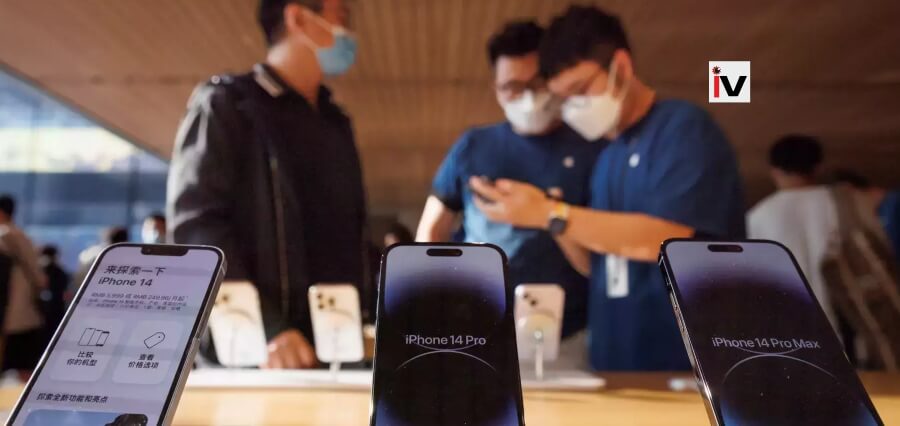Apple has announced the launch of its new iPhone 15, accompanied by a significant upgrade to the processor used in the 15 Pro and 15 Pro Max models. The A17 Pro chip, designed by Apple, boasts a six-core central processing unit and a six-core graphics processing unit (GPU). This represents a notable improvement over the previous A16 processor found in last year’s iPhone 14 Pro and 14 Pro Max models.
One of the key enhancements with the additional GPU core is improved graphics performance, which opens the door to new gaming capabilities like ray tracing. Ray tracing is a rendering technique that enhances the realism of lighting in a scene, including reflections and shadows.
Apple’s focus on the GPU is seen as a significant move, emphasizing the importance of visual experiences and gaming in the future of the iPhone. Game developers are already working on iPhone-native versions of popular titles, such as Ubisoft’s Assassin’s Creed Mirage and Capcom’s Resident Evil 4 Remake.
Additionally, Apple’s latest processors are the first to be manufactured using 3-nanometer technology, which is currently the most advanced semiconductor node available. While this allows for enhanced performance, it has also contributed to the increased cost of the new generation of iPhones. Apple relies heavily on Taiwan Semiconductor Manufacturing Co. (TSMC) for its advanced chip manufacturing, which has raised concerns in light of geopolitical tensions involving Taiwan.
The shift to 3-nanometer chips is a significant development, positioning Apple to compete more closely with desktop processors like those made by Intel. However, supply constraints related to 3-nanometer technology could impact production and availability in the coming months.
In addition to the iPhone 15, Apple also introduced the Apple Watch Series 9, featuring a new chip called the S9 System in Package (SiP). This chip is described as the “most powerful watch chip yet” and enables new features like a double-tap gesture for calls and on-device Siri, with an emphasis on privacy for health data.
Apple’s ongoing focus on hardware and chip advancements underscores its commitment to delivering cutting-edge technology to consumers across its product lineup.
Read More:https://theindustryview.com/

